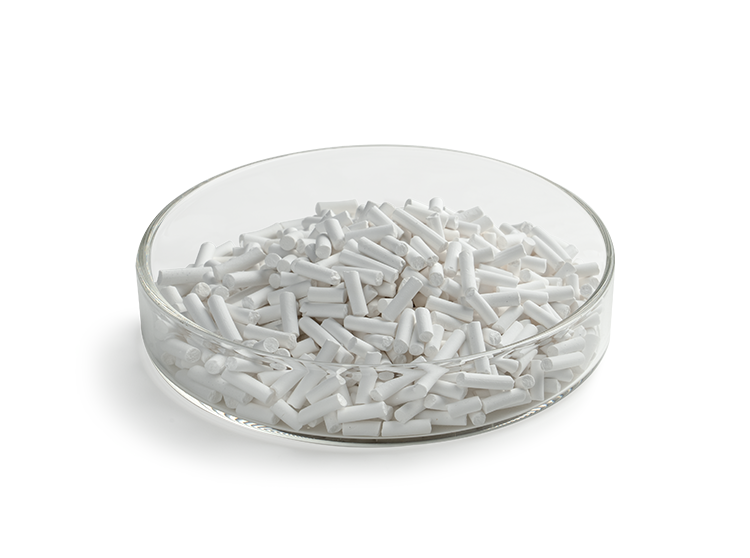Catalyst

Name:Isomerization Catalyst
Isobutylene is an extremely important petrochemical raw material, and it plays an key role in China’s energy, chemical, and materials industries. Currently, methods of producing isobutylene mainly involve catalytic cracking, isomerization and dehydrogenation of butane (or dehydrogenation of isobutane), skeletal isomerization of 1-butene and dewatering of tert-butanol. Among them, the skeletal isomerization of 1-butene is characterized by easily-obtained inexpensive raw materials and plentiful sources (the residual liquid from hybrid etherification involving catalytic cracking and steam cracking is rich in 1-butene, with a plentiful source of 1-butene raw materials). The addition of alkene isomerization units downstream of existing etherification units is now an approach to increasing the production capacity of isomerized alkenes with great development potential. The key to reaching the isomerization of butene will be the development of high-efficiency catalysts.
By virtue of the production process of the ZSM-35 zeolite developed and improved by CCH, based on the characteristics of different reactions and raw materials, the raw powders with different characteristics used in ZSM-35 are developed to increase the suitability of CCH’s catalyst for different raw materials and maximize the isobutylene yield, while also reducing customers’ production costs.
Get Product Catalog, Service Introduction and Quotation
